Optimal Timing for Windows Installations
Understanding the optimal timing for Windows installations is essential for ensuring smooth setup and minimal disruption. Factors such as seasonal weather conditions, system readiness, and project timelines influence the best periods to undertake installations. Proper planning can lead to more efficient processes and reliable results.
Installing Windows during moderate weather conditions reduces the risk of delays caused by extreme cold or heat, which can affect hardware performance and installation equipment.
Aligning installations with low-traffic periods or scheduled downtime minimizes impact on daily operations and allows for thorough testing.
Ensuring systems are prepared and compatible before installation can prevent delays and technical issues.
Scheduling during times when technical support is readily available ensures prompt assistance if needed.

Spring offers moderate weather conditions suitable for hardware setup and software updates.

Summer may be ideal for large-scale upgrades due to longer daylight hours and stable weather.

Fall provides a good window before winter weather sets in, allowing installations to be completed efficiently.
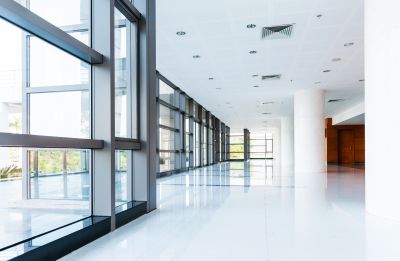
Ways to make Windows Installations work in tight or awkward layouts.
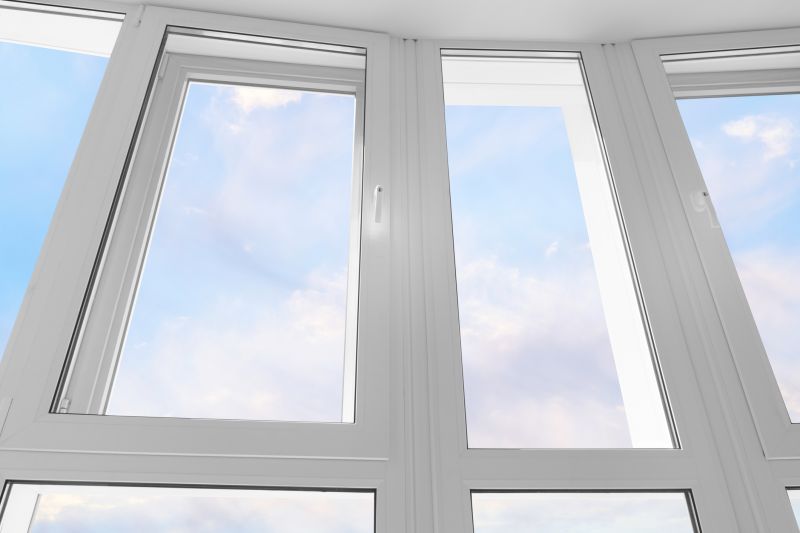
Popular materials for Windows Installations and why they hold up over time.

Simple add-ons that improve Windows Installations without blowing the budget.

High-end options that actually feel worth it for Windows Installations.

Finishes and colors that play nicely with Windows Installations.
| Timing Factor | Recommended Period |
|---|---|
| Weather Conditions | Spring and fall |
| Business Cycles | Off-peak seasons |
| System Readiness | Before major hardware updates |
| Technical Support Availability | During weekdays |
| Operational Impact | Outside peak business hours |
Windows installations involve updating or replacing operating systems to improve performance, security, and compatibility. Properly timed installations can prevent downtime and ensure systems operate optimally. Statistical data indicates that scheduling during moderate weather and off-peak periods can reduce technical issues by up to 30%, leading to smoother transitions and better user experiences.

Proper timing ensures minimal disruption to ongoing operations.

Scheduling during low-traffic hours minimizes employee downtime.

Flexible timing allows for installation without physical presence.
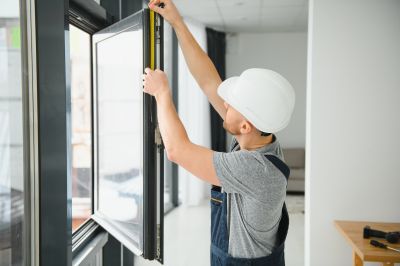
Timing installations after hardware upgrades ensures smooth setup.

Little measurements that prevent headaches on Windows Installations day.
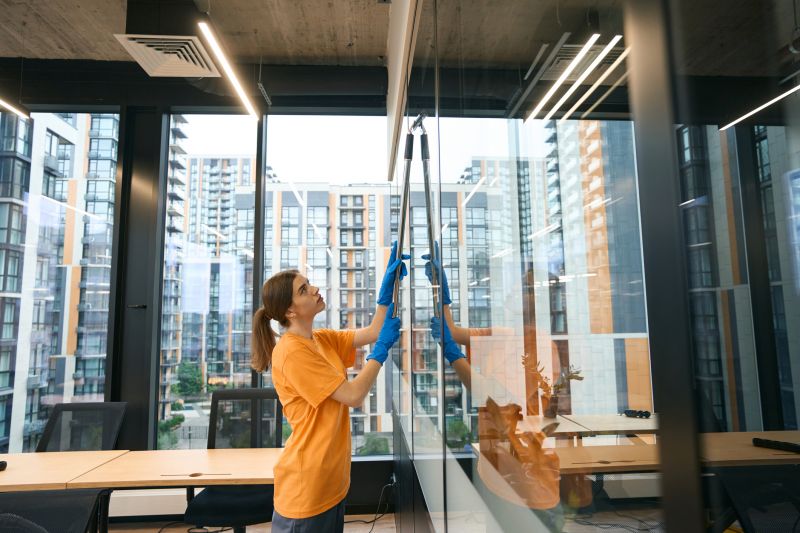
A 60-second routine that keeps Windows Installations looking new.
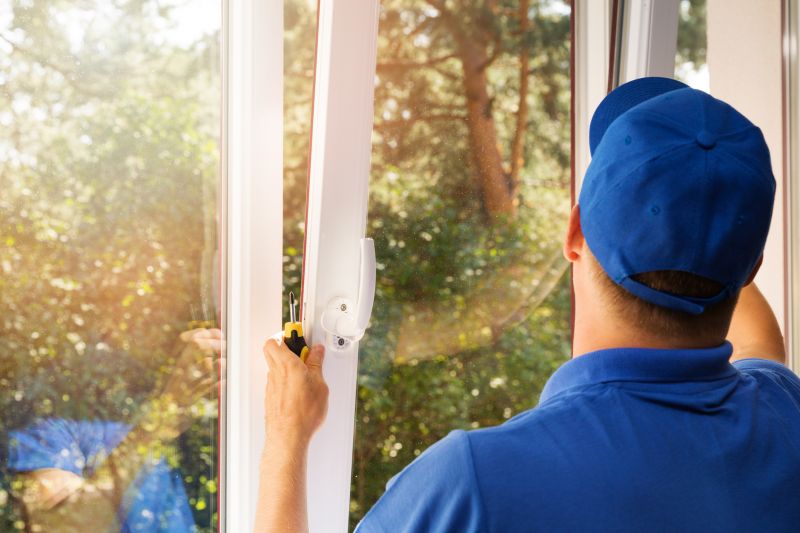
A frequent mistake in Windows Installations and how to dodge it.
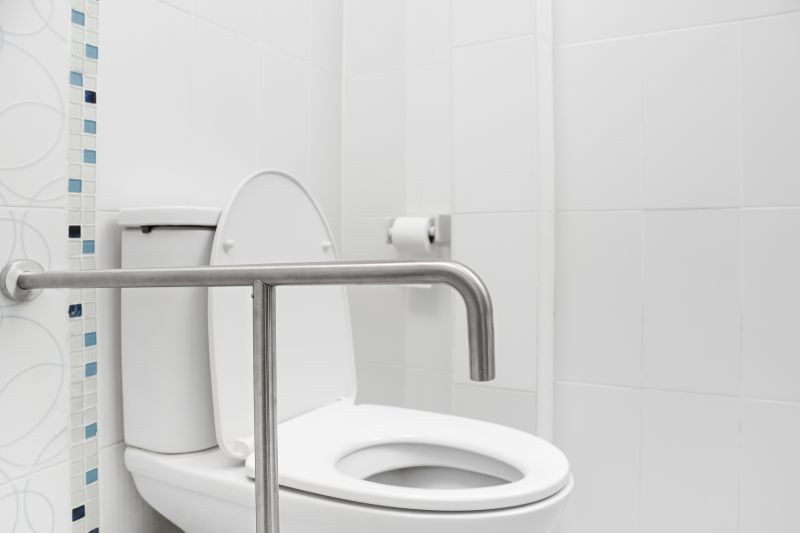
Small tweaks to make Windows Installations safer and easier to use.
Interested parties are encouraged to contact for further information or to schedule a Windows installation. Proper planning and timing can enhance system performance and reduce operational interruptions, making it a crucial aspect of successful upgrades.

